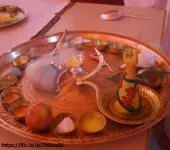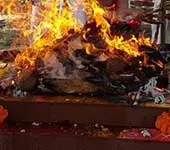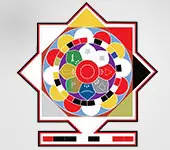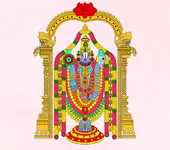89.4K
Likes
904
Comments
Recommended for you
Importance of Anna daanam
 Click here to know more..
Click here to know more..
Why Rameswaram is such a great holy place?
 Click here to know more..
Click here to know more..
Budha Kavacham

asya shreebudhakavachastotramantrasya. kashyapa ri'shih'. anusht'up chhandah'. budho devataa. budhapreetyartham jape viniyogah'. budhastu pustakadhara....
Click here to know more..
English Topics
Glory of Venkatesha
Click on any topic to open
- 15 Get All Your Kalyanotsavam Questions Answered
- 14 Offer 108 Tulasi leaves at the lotus feet of Sri Venkateshwara by listening to this
- 13 Brahma Deva achieved his desires by praising Balaji with this Stotra
- 12 Do you know the meaning of the name Venkatachala?
- 11 Do you know what is behind Brahmotsava at Tirupati?
- 10 Meaning of Sri Venkatesha Mangalashasanam
- 9 Meaning of Sri Venkatesha Prapatt- Part 2
- 8 Meaning of Sri Venkatesha Prapatti- Part 1
- 7 Meaning of Sri Venkatesha Stotra
- 6 Meaning of Sri Venkatesha Suprabhatam- Part 6
Please wait while the audio list loads..
30
Ganapathy
Shiva
Hanuman
Devi
Vishnu Sahasranama
Mahabharatam
Practical Wisdom
Yoga Vasishta
Vedas
Rituals
Rare Topics
Devi Mahatmyam
Glory of Venkatesha
Shani Mahatmya
Story of Sri Yantra
Rudram Explained
Atharva Sheersha
Sri Suktam
Kathopanishad
Ramayana
Mystique
Mantra Shastra
Bharat Matha
Bhagavatam
Astrology
Temples
Spiritual books
Purana Stories
Festivals
Sages and Saints
26
15
13
Copyright © 2024 | Vedadhara | All Rights Reserved. | Designed & Developed by Claps and Whistles
